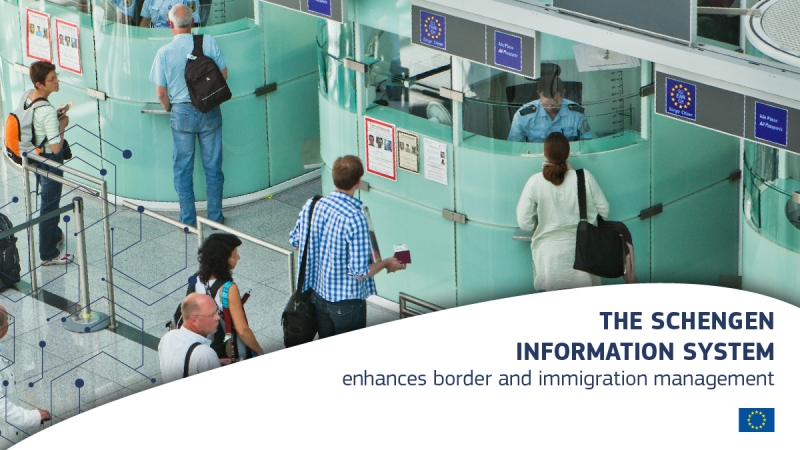On 7 March, the enhanced Schengen Information System became operational, a first major step towards the interoperability of the European Union’s large-scale information systems for security, border and migration management. The improved system will help strengthen the fight against serious crime and terrorism, ensuring a high level of security in the EU, and help manage migration.
Dimitrijs Trofimovs, State Secretary of the Ministry of the Interior: “For more than 25 years, the Schengen Information System has helped guarantee freedom, security and the rule of law in Europe without internal border checks. This year’s updates are the most significant and extensive since 2013 and will allow law enforcement and security authorities to prevent serious crime and terrorist threats more effectively in the future.”
New categories of alerts can be entered in the Schengen Information System in the future:
- alerts issued for the purpose of investigative checks (obtaining information on persons or objects related to them for the purpose of prosecuting criminal offences and preventing threats to public or State security);
- alerts on unknown suspects or wanted persons;
- preventive alerts for children at risk of abduction by their parents, as well as for vulnerable children who should be prevented from travelling for their own safety (e.g. where travel would result in a risk of forced marriage, trafficking or gender-based violence);
- return alerts (alert in the context of return decisions issued to illegally staying third-country nationals).
The list of items for which warnings can be issued has also been extended, for example, to include forged documents.
Several new types of biometric data, such as palm prints, fingerprints and palm prints of registrants, will also be included in the system to allow for more accurate confirmation and verification of the identity of registrants in the future. In addition, DNA records of parents, grandparents or children will be stored in the system for missing persons, which will also help to confirm identities.
In addition to the revised Schengen Information System, a new e-file solution “Online Search” is also being launched, which will enable Latvian competent authorities to search the Schengen Information System, the Europol Information System, the Interpol database and the European Car and Driving Licence Information System (Eucaris).
The Schengen Information System is the most widely used and largest information sharing system in the field of security and border management in Europe. The system has more than 86 million alerts. In 2022, Member States accessed it 12,7 billion times, obtaining more than 263 thousand hits for alerts issued by another country.
The technical operation of the system in Latvia is provided by the Information Centre of the Ministry of the Interior. The system is being upgraded as part of the EU Internal Security Fund project “Improvement of the Schengen Information System”.



